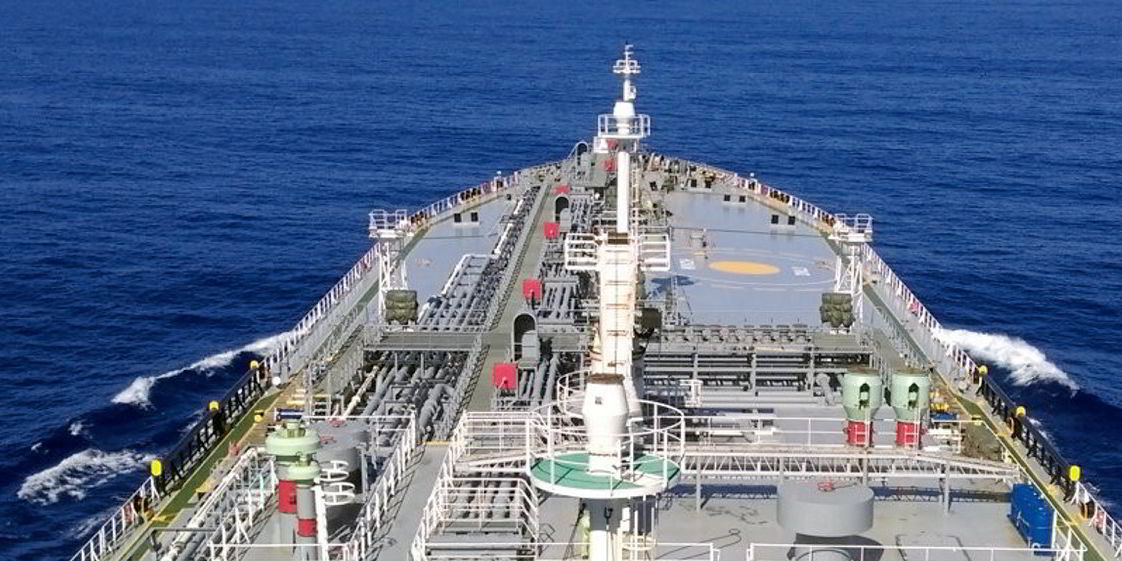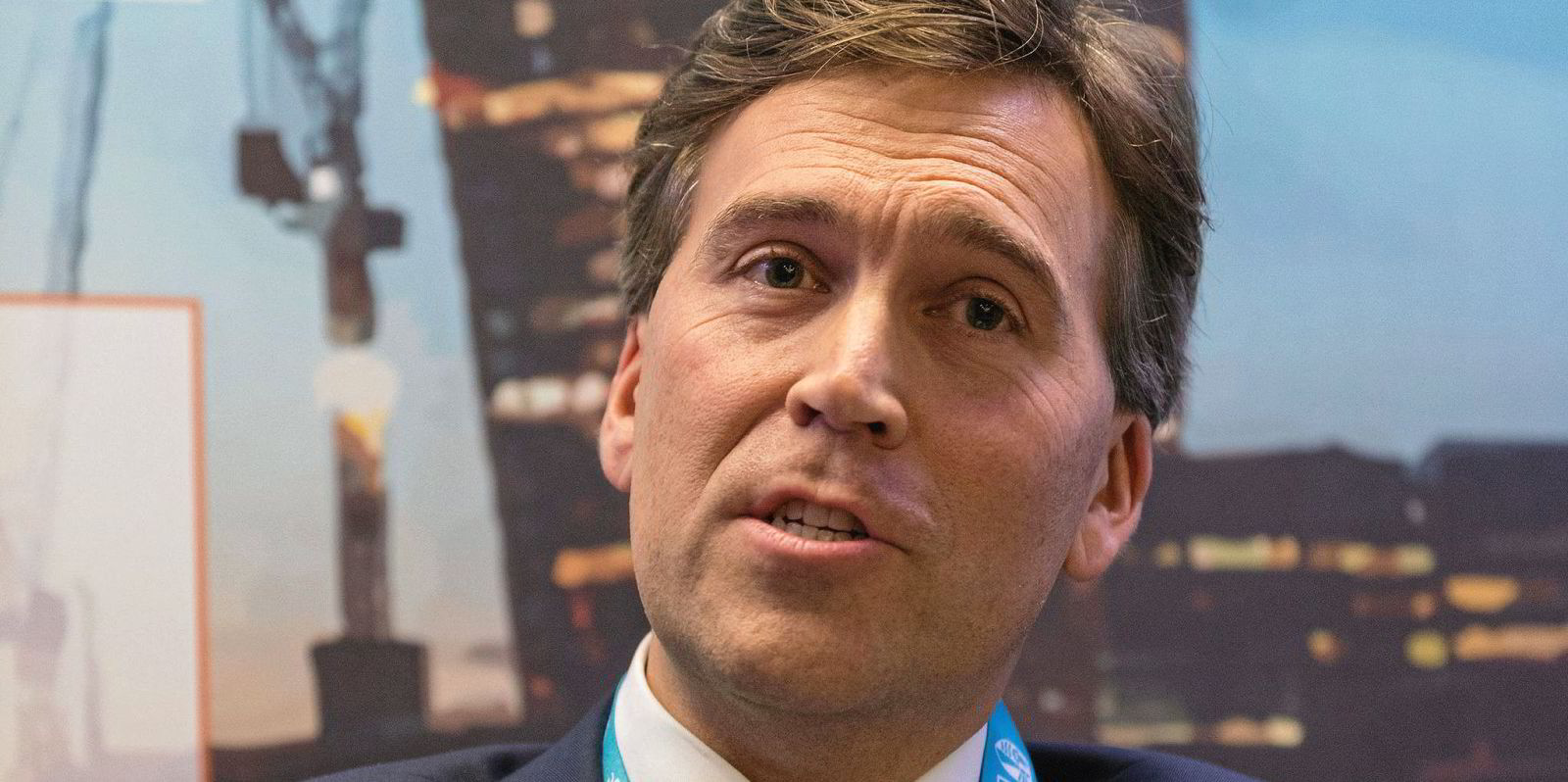Avance Gas is receiving strong interest in its older VLGCs from buyers keen to meet growing gas demand in India and South-east Asia.
The Oslo-listed John Fredriksen company banked a firm $47.5m for the 84,000-cbm Thetis Glory (built 2008) in January from Arcadia Shipping of India. Another older ship went into Japan in October.
And the next vessel on the sales block is the 84,000-cbm Providence (built 2008), for which “various purchase options” are being considered, the shipowner said.
“As part of our strategy to renew the fleet and reduce our emissions across the company, we are working on divesting our older vessels which currently benefit from firm asset prices,” Avance revealed in its fourth quarter results statement.
Chief executive Kristian Sorensen told a conference call: “The price level for these vintage vessels is holding up firm, and following the sale of our Thetis Glory, we are receiving buying interest also on other vessels, which we are evaluating.”
“And of course, if we manage to obtain a good price on these kind of vessels, we are likely to offload more…as we move forward,” he added.
Clarksons Platou Securities analysts Frode Morkedal and Even Kolsgaard said: “The high asset values may seem counterintuitive, considering the market outlook.”
“However, these vessels are sold to Indian or South-east Asian countries with solid LPG demand and a rapidly growing market,” they added.
“In addition to taking advantage of the high prices, selling the older vessels also solves the challenges related to the new environmental regulations coming next year,” the analysts said.
Four more to go?
The owner retains four VLGCs bought in 2008 and 2009. Three are on time charters until the third quarter of 2023.
Sorensen told the call that the secondhand VLGC market can be characterised as more “project-driven” than a conventional sale and purchase scenario seen in the tanker sector, for example.
“The last year is relatively busy. [The] secondhand market is very much a reflection of increased demand for LPG in India, South-east Asia, as well as China,” he said.
Ships sold into India operate on a time-charter basis, competing with the rest of the global fleet, he explained.
But he added: “The vessels sold to China and South-east Asia are going into typical captive trades, where they are…being used as floating storage, terminals, shuttle tankers”.
This means they effectively disappear from the mainstream commercial fleet.
“And also I think it’s fair to say that parts of the fleet, which is controlled by Chinese interests, is also lifting cargoes from Iran,” the CEO said.




